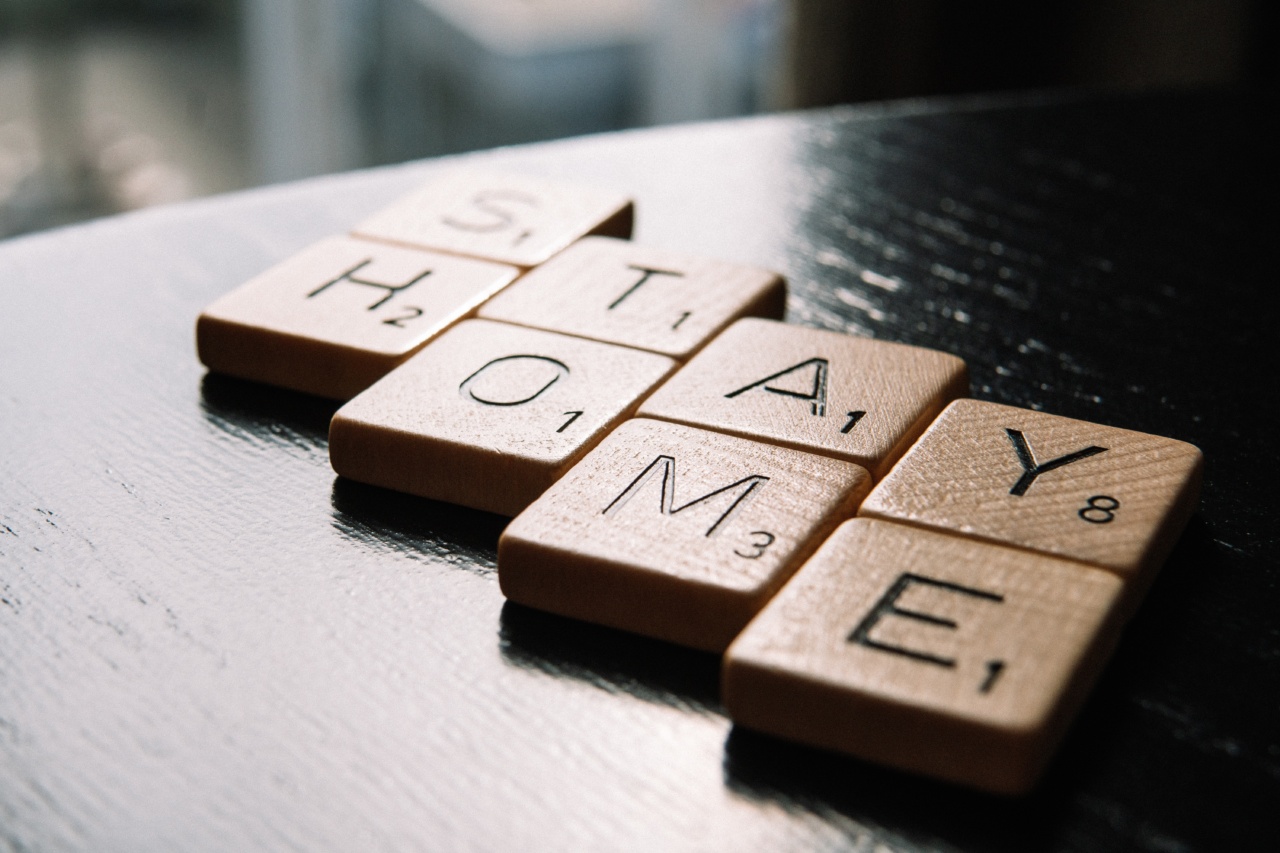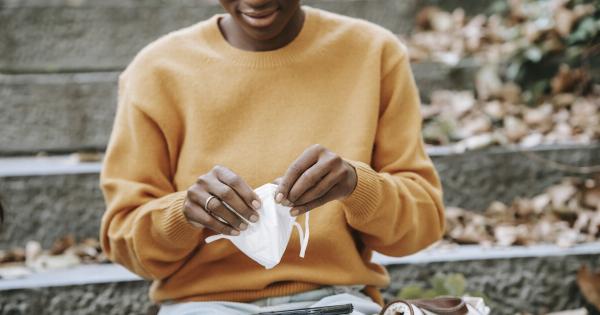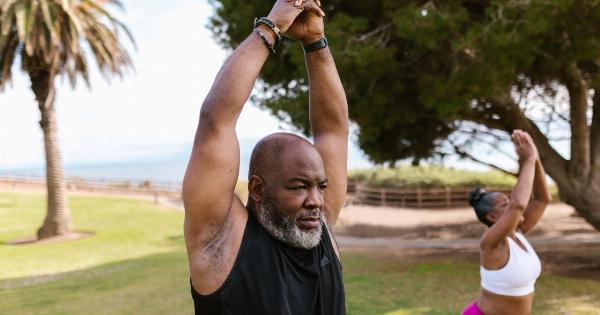The COVID-19 pandemic has caused unprecedented disruptions worldwide, impacting the lives of billions of people.
To curb the spread of the virus, governments and health authorities have implemented various measures, one of which is encouraging individuals to stay at home. While staying at home may seem inconvenient, it is undeniably crucial in saving lives.
The Importance of Staying at Home
Staying at home is a crucial measure in combating the COVID-19 pandemic. By limiting social interactions and reducing contact with others, the transmission of the virus can significantly decrease.
Preventing Overwhelmed Healthcare Systems
One of the primary reasons to stay at home is to prevent healthcare systems from becoming overwhelmed. If too many people contract the virus within a short period, there is a risk that hospitals and medical facilities will reach their capacity limits.
By staying at home and reducing unnecessary contact, we can help ensure that healthcare resources are available for those who need them the most.
Protecting Vulnerable Populations
Staying at home can protect vulnerable populations, such as the elderly and those with underlying health conditions. These individuals are at a higher risk of severe illness or complications from COVID-19.
By staying at home, we minimize the chances of unknowingly transmitting the virus to them, ultimately saving lives.
Flattening the Curve
The concept of “flattening the curve” has gained significant attention during the pandemic.
It refers to reducing the number of new COVID-19 cases over time, which helps prevent a sudden surge in infections that could overwhelm healthcare systems. By staying at home, we can contribute to flattening the curve and slowing down the spread of the virus, giving healthcare systems a fighting chance to provide adequate care to those in need.
Reducing the Transmission Chain
Staying at home breaks the transmission chain of the virus. COVID-19 primarily spreads through respiratory droplets when an infected individual coughs or sneezes.
By staying at home, we limit social interactions and reduce the opportunities for the virus to be transmitted from person to person. This simple act plays a critical role in containing the pandemic.
Supporting Frontline Workers
Healthcare workers, emergency responders, and essential service providers are at the forefront of the battle against COVID-19. By staying at home, we show our support for these frontline heroes.
When we stay at home, we reduce the chances of becoming infected and, in turn, lessen the burden on healthcare workers and other essential personnel who are working tirelessly to keep us safe.
Maintaining Mental Health
While staying at home may present challenges in terms of isolation and limited social contact, it is essential for maintaining mental health during these uncertain times.
By following the stay-at-home directives, we contribute to the collective effort of overcoming the pandemic, which can provide a sense of purpose and help alleviate feelings of helplessness or anxiety.
Encouraging Innovation and Adaptability
Staying at home leads to the necessity of finding alternative ways to perform daily tasks, whether it’s working from home, virtual meetings, or online education.
These challenging circumstances have driven innovation and forced individuals and organizations to adapt to new ways of conducting their activities. By embracing these changes, we not only mitigate the spread of the virus but also advance in our ability to adapt to future challenges.
Reevaluating Priorities and Lifestyle
The global pandemic has provided an opportunity for society as a whole to reevaluate priorities and lifestyle choices.
Staying at home has allowed people to spend more time with loved ones, engage in hobbies, prioritize self-care, and rethink the importance of material possessions. While challenging, this phase has encouraged introspection, offering the potential for personal growth and positive changes in the long run.
Conclusion
Staying at home may be an inconvenience, but it is a small sacrifice compared to the lives it can save. By limiting social interactions, we contribute to the containment of the virus, protect vulnerable populations, and support healthcare systems.
It is essential to recognize the importance of our individual actions in the collective effort to overcome the COVID-19 pandemic. Together, we can make a difference and emerge stronger from this global crisis.




























